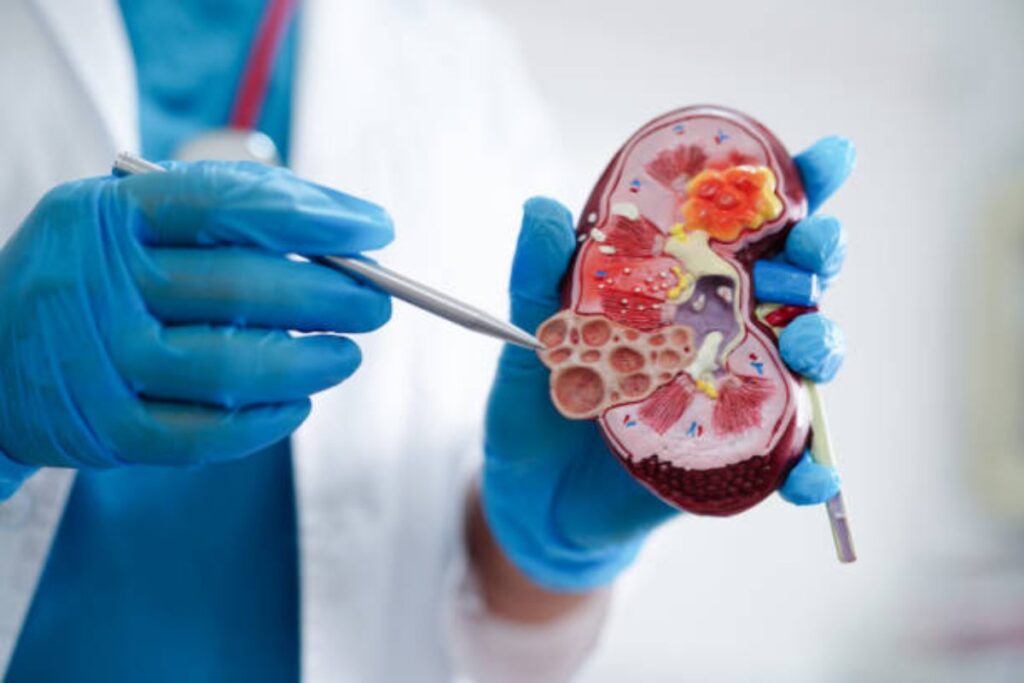Urological disorders. Your urinary system is constantly working to control, manage, and eliminate urine waste. The urethra comprises several parts, including the kidneys, ureters, bladder, and urethra. Like other parts of your body’s organs and systems, the urinary system is disposed to dysfunction. The most significant common terminology for these disorders is urological disorder and urological disease.
Urological problems can move people of any age, regardless of sex, ethnicity, or gender identity. In men and women, it directly affects the urinary system and how urine is eliminated. Urological problems can affect the male reproductive organs.
Common urological disorders
This object will explain the most common urological problems men and women face and how to treat them.
Urinary incontinence
Incontinence affects up to one-third of the creation’s populace. This is not harmful to health but inconvenient and can lead to unpleasant events. Diabetes, childbirth, weak bladder or sphincter muscles, spinal cord injury, convinced conditions, and even severe constipation can cause incontinence.
Urinary incontinence is often treated with small lifestyle changes. If you continue to struggle with incontinence, talk to your doctor about corrective surgery.
Stress incontinence

On the other hand, urinary incontinence caused by stress can lead to urine leakage. Stress urinary incontinence affects both men and women, but it is more common in women. Stress incontinence can happen if you have weak bladder and urethral muscles, making it difficult to control the flow of urine.
There are many actions for stress urinary incontinence, including urethral augmentation (in women) and artificial bladder sphincter implantation.
Overactive bladder
Overactive bladder (OAB) causes involuntary loss of urination due to a robust and unexpected need to urinate as a result of the bladder’s inability to hold urine, known as overactive bladder.
The bladder muscles may tense uncontrollably, as if in spasms.
Overactive bladder can have many causes, including neurological diseases, diabetes, and urinary tract infections. A healthy diet, frequent physical activity, and proactive organization of chronic conditions such as diabetes can help prevent feverish bladder.
If you have an overexcited bladder, your doctor will work with you to develop a toilet routine that will make it easier for you. Medicines can be used to regulate an overactive bladder.
Urinary tract infections

A urinary tract infection is a contagion affecting the urinary tract. Additionally, urinary tract infections are the most common urological diseases and affect women more often than men. UTIs are more common in women than in men. A burning sensation or constant urination urge is the most common urinary tract infection (UTI) symptom. Your doctor will need a urine philosophy to accurately diagnose a urinary tract infection (UTI).
Fortunately, medications to treat UTIs are widely available. They should be preserved as quickly as possible to prevent extra infection and eliminate the risk of side effects. If you experience recurring urinary tract infections, contact your doctor immediately.
Pelvic floor dysfunction
The pelvic ground chains the bladder, vagina, and rectum. These muscles can develop inflamed or irritated over time, especially during childbirth. Urinating may be difficult or unpleasant because you must relax your pelvic floor.
You should seek help from a specialist to learn how to reduce the pelvic floor muscles. The less you worry, the easier it will be for you to urinate and the less pain you will experience while doing so. If your current treatment is not helping, your doctor may suggest vaginal medications or intramuscular injections.
Benign prostatic hyperplasia (BPH)

BPH is simply the medical name for an enlarged prostate; this is not a disease. Although this is not directly related to prostate cancer, it does indicate that the size of your prostate gland has increased. 1 A man is more likely to develop BPH if he has a family history of the disease, erectile dysfunction, or other health problems.
The need to urinate becomes more intense as the urethra opens, leading to an increase in the frequency of urination. When you urinate, you may notice that your bladder is not empty, and the urine flow is weaker than usual. You may develop a urinary tract infection if you cannot empty your bladder.
The best treatment for prostatic hyperplasia is medication, constant monitoring, and, if necessary, surgery. These include vaporization using green light and thulium laser, minimally invasive thermotherapy, transurethral resection, and the UroLift procedure. Your doctor may also suggest Resum, which uses animated water vapor to target the prostate and contract surrounding tissue.
Frequently Asked Questions (FAQ)
1- What are the most common urinary tract diseases?
The most common problems are urinary tract infections, kidney stones, incontinence, and kidney disease. Although many urinary tract infections are easily treated, they can cause distress and pain if left untreated.
2- What are urological disorders?
Urological disorders include various conditions that affect the body’s ability to filter and eliminate urine. These disorders can develop in both men and women of different ages. Urological diseases affect several parts of the body.
3- What are the signs associated with urological problems?
- The loud urge to urinate.
- She was itching when urinating.
- Frequent, scanty urination
- Cloudy urine
- Red, hot pink or cola-colored urine indicates blood in the urine.

